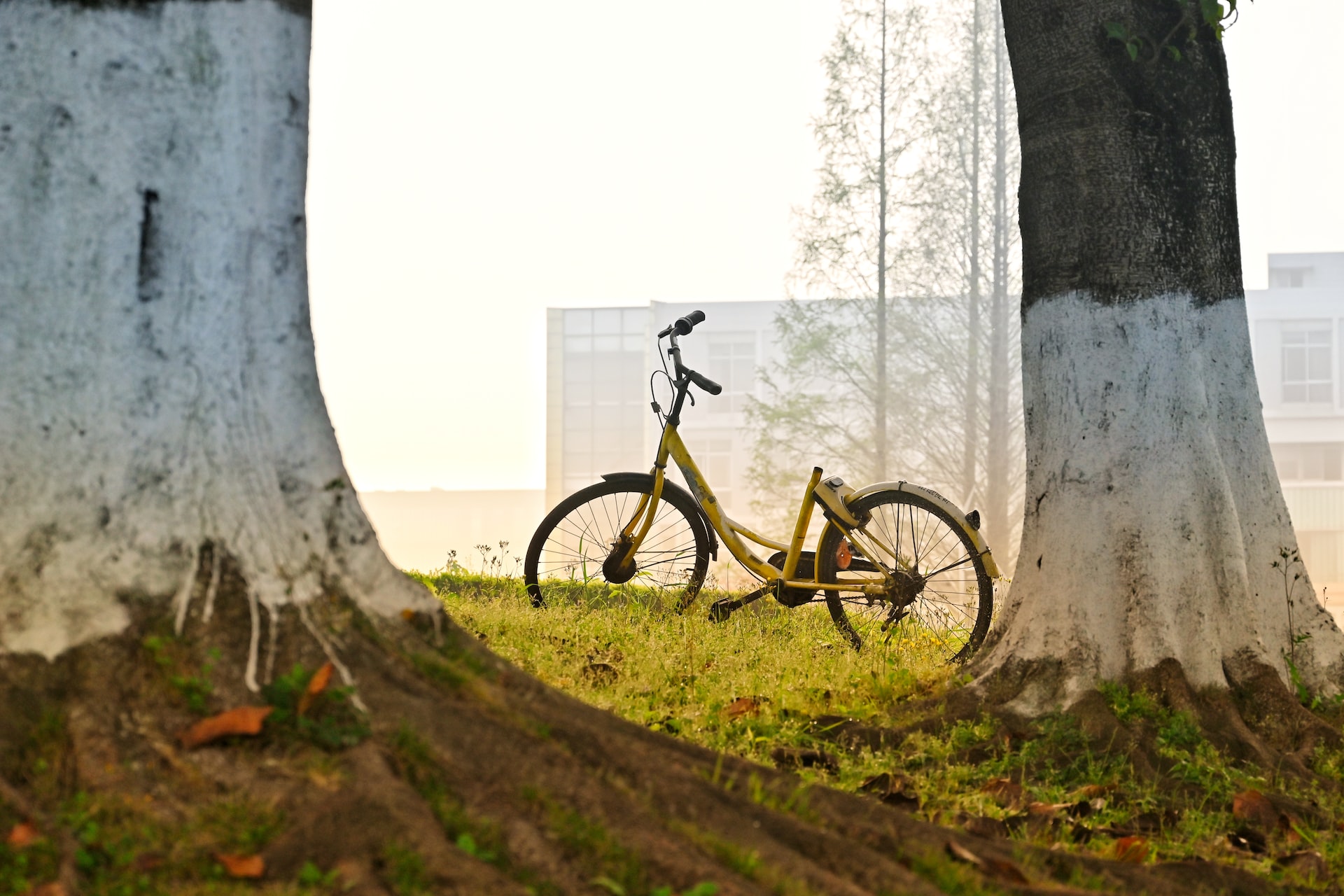Universities worldwide are facing financial challenges due to a reduction in public funding. The pandemic of covid-19 makes things worst. Many universities suffer a big loss in tuition fees, especially from international students who were not able to travel and study abroad.
Malaysian universities are no exception. Tuition fees for local students at public universities are heavily subsidised, up to 90 per cent, thus their heavy reliance on government funding to cover operational expenses. During the pandemic, some students requested a discount on the already low fees due to the change in the mode of study from physical to e-learning and asked for various financial assistance. That added to the financial distress among public universities.
The University Transformation Programme (UniTP) Purple Book, published by MoHE as part of Malaysia Education Blueprint 2015-2025 (Higher Education) Shift #5: Financial Sustainability, recommended public universities establish University Holding Company, Endowment Funds and Waqf Funds (Islamic voluntary charity endowment). However, the efforts, so far, have brought very little success to the universities. This article will specifically focus on waqf as an alternative form of income generation for public universities.
History and Importance of Waqf
Waqf can be categorised into, among others, property waqf (lands, buildings etc that can benefit the community), and cash waqf. It plays a vital role in the socio-economic development of the Muslim ummah. It was reported, that during the time of the Prophet Muhamad (PBUH), after the Hijrah, the first waqf was composed of a grove of 600 date palms. The proceeds of this waqf were meant to feed Madinah’s poor. Another story was when Caliph Uthman RA bought a well from a Jew and opened the well to the people to fetch for free. The well was the only source of water in that part of Madinah during that time, and it still exists today, known as B’ir Uthman.
In the context of Malaysia, we can observe the steady progress of the waqf movement. For example, Johor Corporation has developed a total of 24 waqf clinics throughout Malaysia and one waqf hospital in Johor. In order to create awareness of waqf for higher education, MoHE organised Islamic Economies Higher Education Forum in 2018. Public universities are urged to set up waqf funds to help ease the financial burden of the universities and the needy students.
Lessons from Turkey
In February 2018, I accompanied MoHE Minister to Istanbul. The main agenda was to learn about the waqf system in Turkey. Our delegation visited four universities that were established based on waqf: Istanbul University (the oldest university established in 1453); Istanbul Aydin University; Ibnu Haldun University; and Istanbul Sabahattin Zaim University.
A day before returning home, we visited the famous Grand Bazaar. Established as a waqf in 1455, it is one of the oldest covered markets in the world. Inside the bazaar, there are 61 streets and over 4,000 shops. Prior to the covid-19 pandemic, it received almost 100 million visitors annually. We settled down in a coffee shop, enjoying the thick and bitter Turkish coffee with sweet pavlova. Next to the coffee shop is a shop selling carpets.
While waiting for others doing their shopping, I went into the carpet shop and had a chat with the owner, a middle-aged man with a thick moustache. Started by his great grandfather, he is the fourth generation to sell carpets at the shop. I asked him about waqf. Though doing a small business, he contributed a portion of his profits, about TRY30,000 (USD2,000) monthly to a waqf foundation of his family choice. It is a tradition for Turkish people to donate a small portion of their profits into a waqf, in addition to zakat (the determined share of wealth to be distributed to the categories entitled to receive it) and that was the reason why there were so many waqf institutions in Turkey.
Unlike the normal practice in Malaysia, waqf in Turkey is not limited to mosques, madrasahs and burial grounds. Turkey has waqf banks, waqf hospitals, waqf universities, waqf hotels, waqf malls and many others. As opposed to common belief, waqf universities do not only produce religious scholars but also economists, scientists, technologists, philosophers, and other professionals. The waqf institutions are managed by professionals and advised by religious scholars on religious matters. Many waqf institutions in Turkey have survived for more than 500 years, thanks to the generosity of the Turkish people.
Challenges and Strategies
With the reduced levels of public funding, universities around the world must work harder to come up with alternative income resources. While university fundraising has always been big in the US and UK, there seems to be very little success in this part of the world. Waqf for higher education is relatively new in Malaysia, where the endowment is not a culture that many people embrace.
University fundraising activity for waqf can be very challenging because not everyone perceives universities as the noble causes that they need to contribute like the way they see some non-profit organisations. It is especially true for public universities in Malaysia which are traditionally funded by the government.
To raise funds, universities need a professional team to communicate to the public the importance and the purpose of the university, the challenges, and how their contributions will bring a positive impact not only on the students but also the society. The university fundraiser team need to be creative and proactive to create awareness among the public. Merely sending out letters to potential donors or inviting them to intellectual discourse will not work well to convince the public.
I remember meeting an experienced fundraiser from the UK. I learned that fundraising is about establishing a good relationship with the right people. You have to go out and meet people. Tell them about you and your university. Invite them to university events. You don’t ask people to donate the first time you meet them. The time will come when they offer to donate without asking.
There are a few strategies that can be adopted. First, universities must be clear about why they need the additional fund, and how they will make use of the money. They must be able to explain how the additional funds can help finance important projects and activities that the core funding can’t.
To do that, the fundraising team must have good communication skills.
The communication must be persuasive enough, clear and compelling. Articulate why someone should donate to the university, and how their donations can help transform not only the students but the wider community. In this context, the university’s engagement with the community is important to create a good brand for the university and hopefully will touch the hearts of the able community members to contribute to the university.
While most universities conduct a general campaign to raise funds, they can also offer specific projects or campaigns. This will allow potential donors an option to give to a cause they care about, one that is close to their hearts. For example, building a new research lab for a special research project, or supporting students with their social entrepreneurship activities. As mentioned earlier, universities need to clearly demonstrate the impact of their programmes and initiatives. Most donors are interested to know where exactly their money goes, the stewardship.
While philanthropic donations usually come from foundations, corporations or high-net-worth individuals, universities may also go for peer-to-peer fundraising which can be a great option for recently graduated alumni. Make donations easy and open to anyone via various platforms.
Our little experience at UMK in raising corporate zakat proved the challenge. It is about creating awareness and building personal relationships, which require multiple visits and presentations. Prior to 2019, our annual corporate zakat collected was between RM100,000 – RM200,000. With the right strategy, we managed to collect almost RM600,000 in 2019, RM1.2 million in 2020 and RM1.6 million in 2021.
Next is attention to stewardship. Good stewardship creates a positive experience for the donor, who will likely donate again. We prepared special reports for institutional donors on how we use the money donated. We invite them to important university events. Building and maintaining personal relationships is the key.
Conclusion
This article discusses the financial challenges facing public universities in Malaysia and how waqf funds can help ease financial distress. Since waqf for higher education is relatively new in Malaysia, it poses many challenges in creating awareness among the public especially when public universities have been traditionally funded by the government. To do that, universities need to form a special unit for waqf, comprising professionals with strong communication, negotiation and persuasion skills. Some strategies can be adopted but importantly, a strong commitment from top management is crucial. Last but not least is the importance of managing the funds. There is a strict set of guidelines that need to be followed that dictate the asset allocation that will yield targeted returns without taking on too much risk. I will end the discussion with an excerpt from the Holy Quran, “The example of those who spend their wealth in the way of Allah is like a seed [of grain], which grows seven spikes; in each spike is a hundred grains. And Allah multiplies [His reward] for whom He wills. And Allah is all-Encompassing and Knowing” (Al-Baqarah: 261).
















